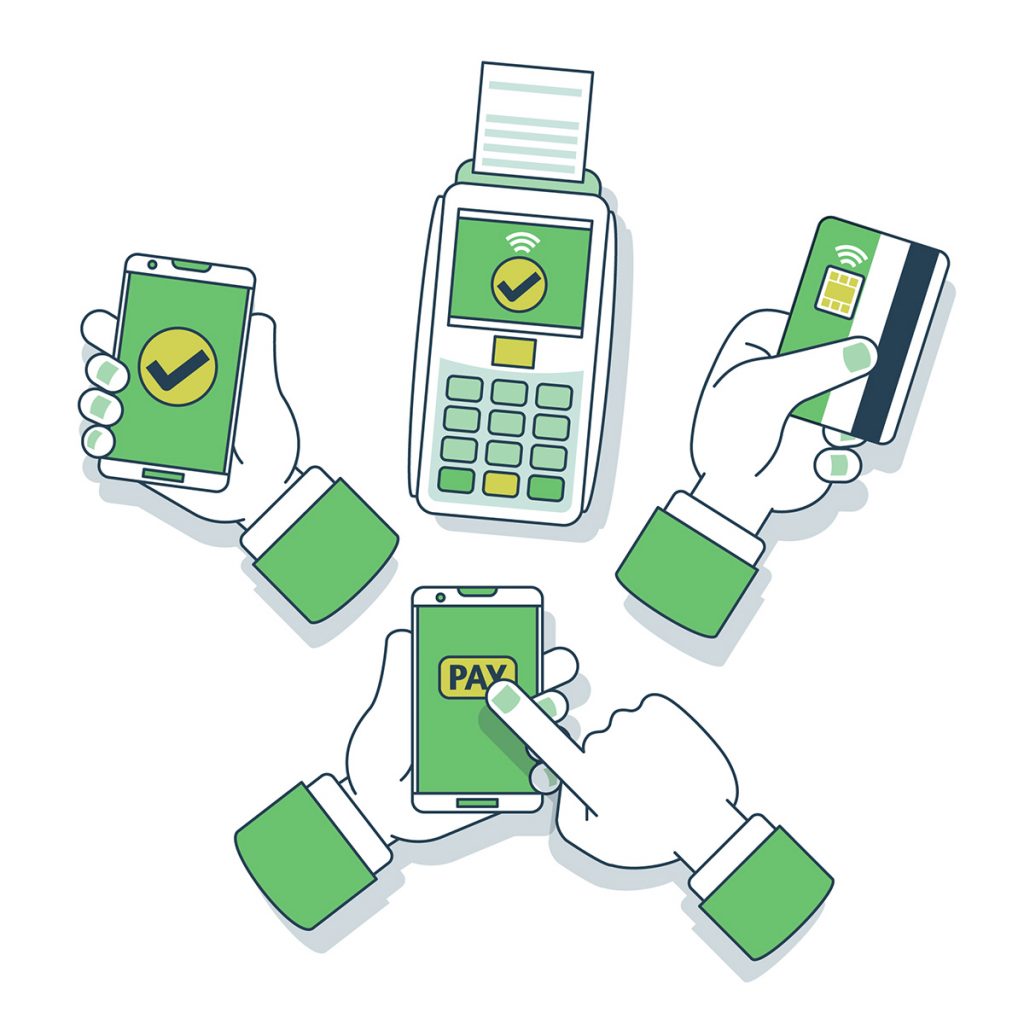Modern Contactless Payments On The Rise
July 13, 2021
The modern era of digital transactions has and continues to make significant changes. Roughly 80 percent of consumers have reported making more contactless payment than ever before, while close to a quarter (24%) are attributing increased use of contactless payments to their mobile wallets.
The pandemic, which resulted in lockdowns across the UK, accelerated the pace with which these patterns of behavior developed. Emerging from a long winter lockdown, it’s ideal to take a look at the prospect of emerging payment trends in the face of 2021.

Contact Free in lieu of Contactless
The large-scale transition from contactless to contact-free started in 2020, as most physical forms of cash and plastic payment were replaced by mobile-based options. The additional factor of shopping and paying for goods from the comfort of home also factored into these changes.
Adoption of SCA (Strong Customer Authentication) across Europe and mandated to go into effect by September 14, 2021, in the UK, means that there will be ever more consumers at ease making payments with their mobile devices. SCA requires consumers to authenticate their identities using codes sent as text messages, extending the consumer/ mobile bond and paving the way for better customer experiences across user-friendly applications.
Although text message codes are a step in the right direction, some users may find the additional layer a nuisance (while others welcome the change as financial crimes become more sophisticated in their execution). The confrontation between security and convenience is a tried-and-true adage banks continue to address, especially in hopes of enticing faster consumer adoption. An example of this is Request to Pay’s (R2P) launch across Europe meant to usher in contact-free payments as the norm.
Real Time Payments Becoming the Norm
If nothing else, the pandemic and ensuing lockdowns proved that real-time payment and access to cash were no longer a “nice-to-have,” but a necessity. Besides banks’ heavy investment in “access to real-time payment rails across Europe,” the task remains how to embed real-time payment into consumer’s everyday journeys.

A driving force behind this is the bank-led European Payment Initiative (EPI), which will introduce a new card that will allow physical point-of sale purchases that settle funds over real-time payment rails. EPI also enables digital wallet capabilities, R2P leverage, and is supported by the same payment rails. These capabilities allow European digital wallet providers (such as Spain’s Bizum), to offer payments with a unified standard of European rules governing the EPI consumer payments ecosystem.
Real time is no longer a matter of connection, but the value added to a consumer’s payment journey—the ease with which changed habits can augment experiences or help keep or snag new customers. There will likely be a full-scale adoption of new changes among consumer habit over the next three to five years.
Part 2 of this series will be coming soon.
Want to learn more about contactless payments? Check out ACI Worldwide’s full write-up here.
Have you recently used contactless payments for personal or business use? Share your thoughts on our LinkedIn page.




